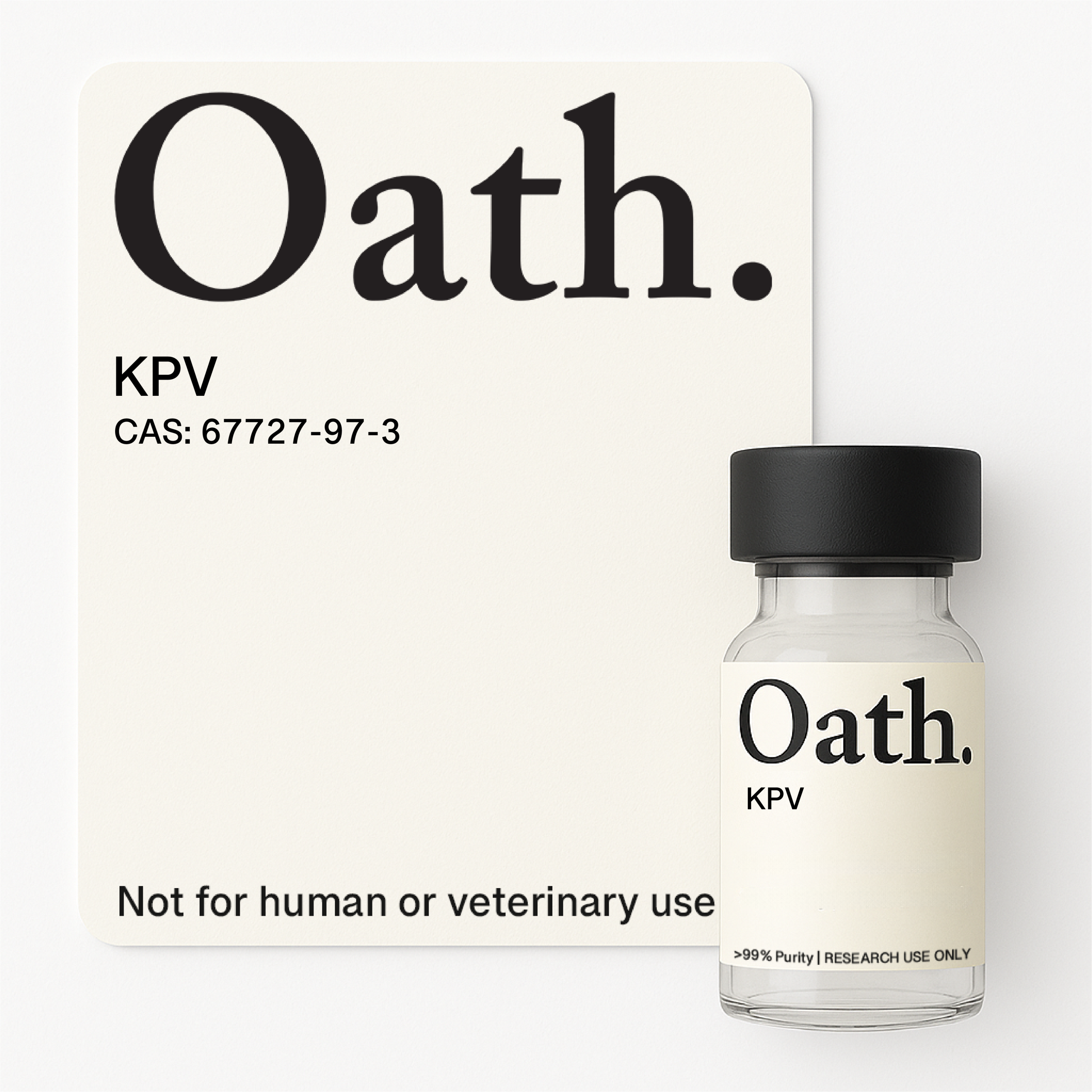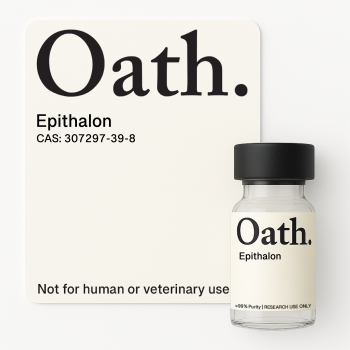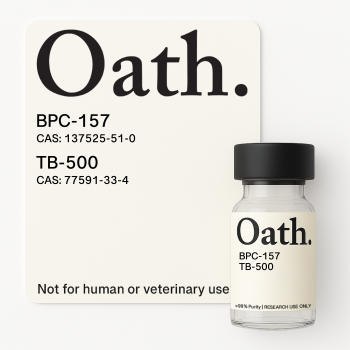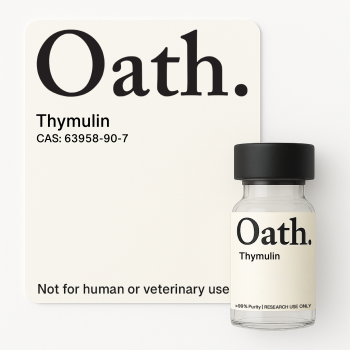KPV (Lysine-Proline-Valine) is a powerful tripeptide fragment that’s capturing attention in research laboratories worldwide. This tiny molecular powerhouse, derived from the naturally occurring alpha-melanocyte-stimulating hormone, shows remarkable potential in studies exploring inflammation control and immune system modulation. Laboratory investigations suggest KPV may help regulate inflammatory responses, support digestive system balance, and promote cellular repair processes-making it a fascinating subject for researchers studying autoimmune conditions, gut health, and tissue regeneration.
This lyophilized powder requires reconstitution before use and is exclusively intended for laboratory research purposes. KPV is not approved for human or animal consumption and should only be handled by qualified researchers in controlled laboratory settings. This product is exclusively for laboratory research and not for human or animal use.





